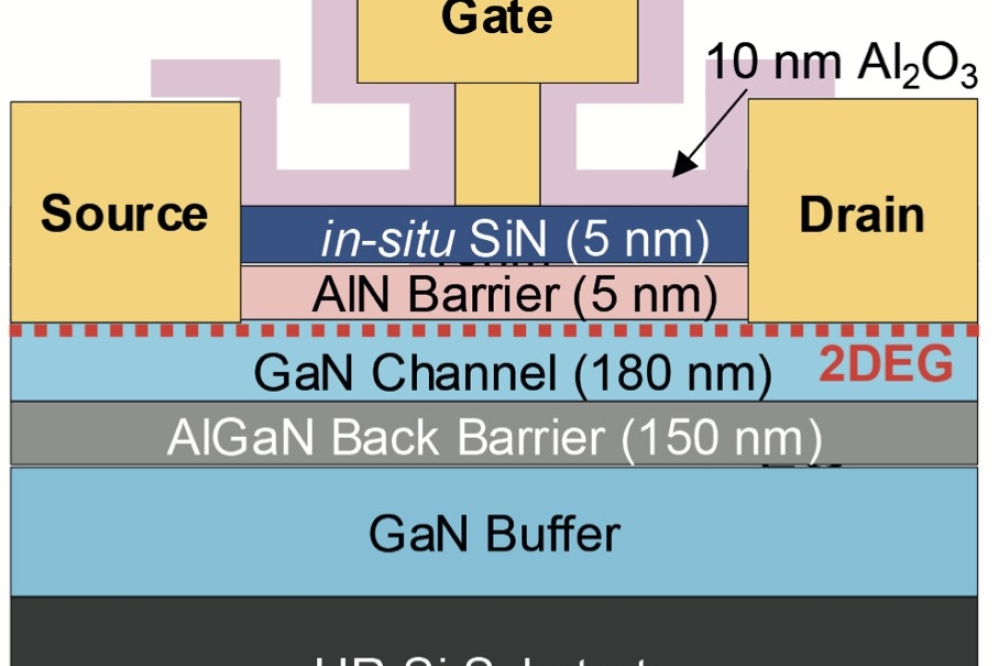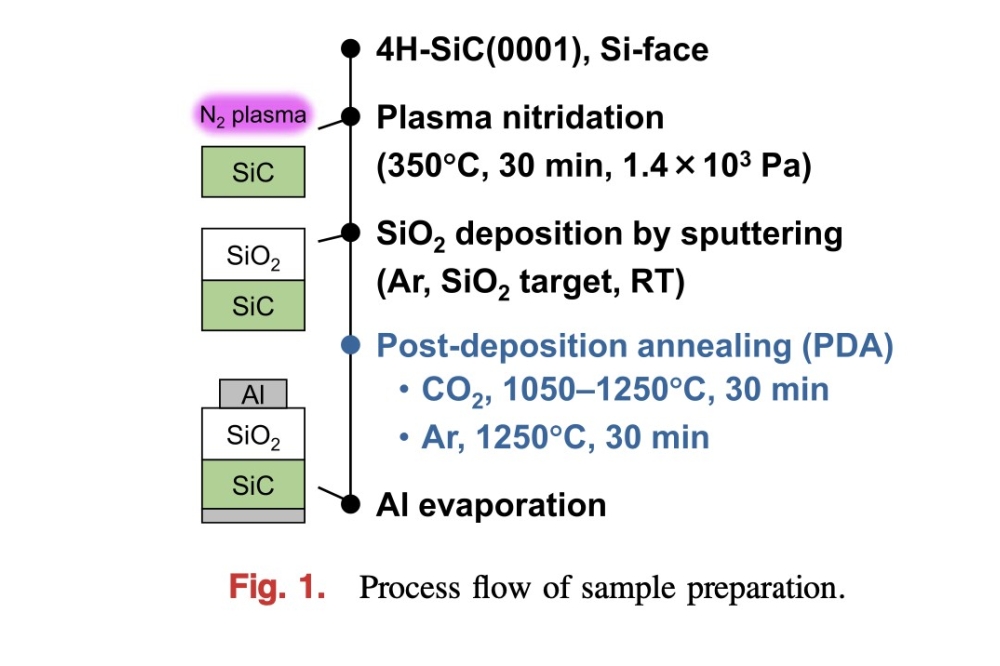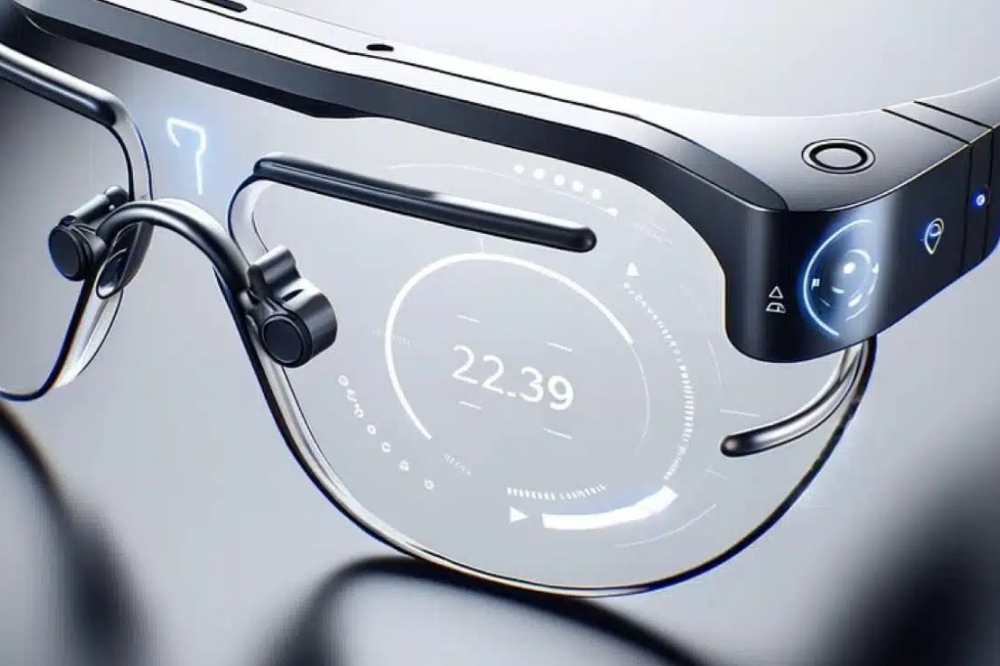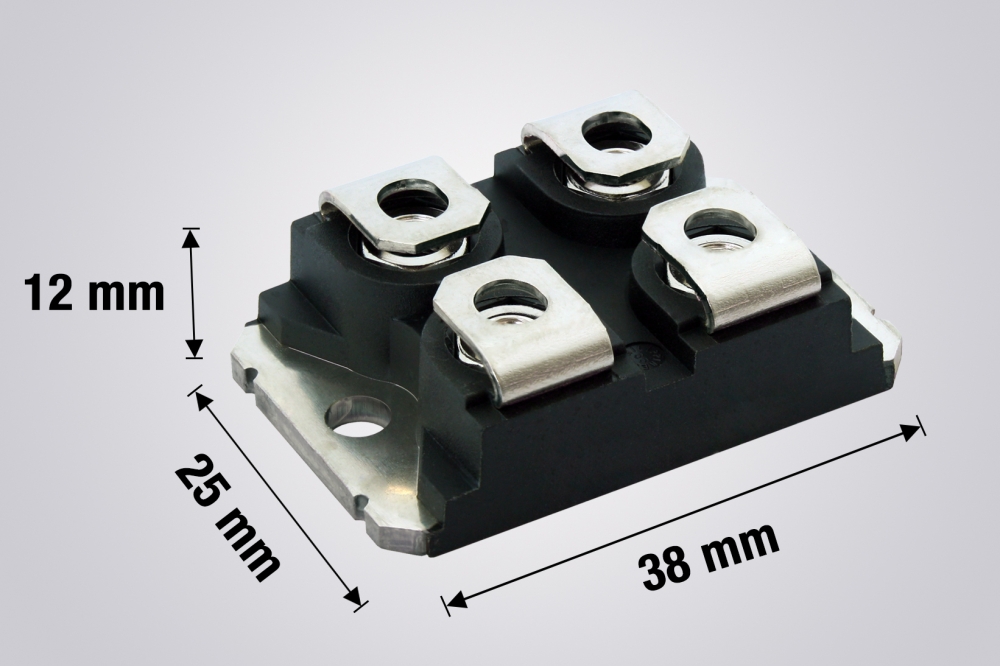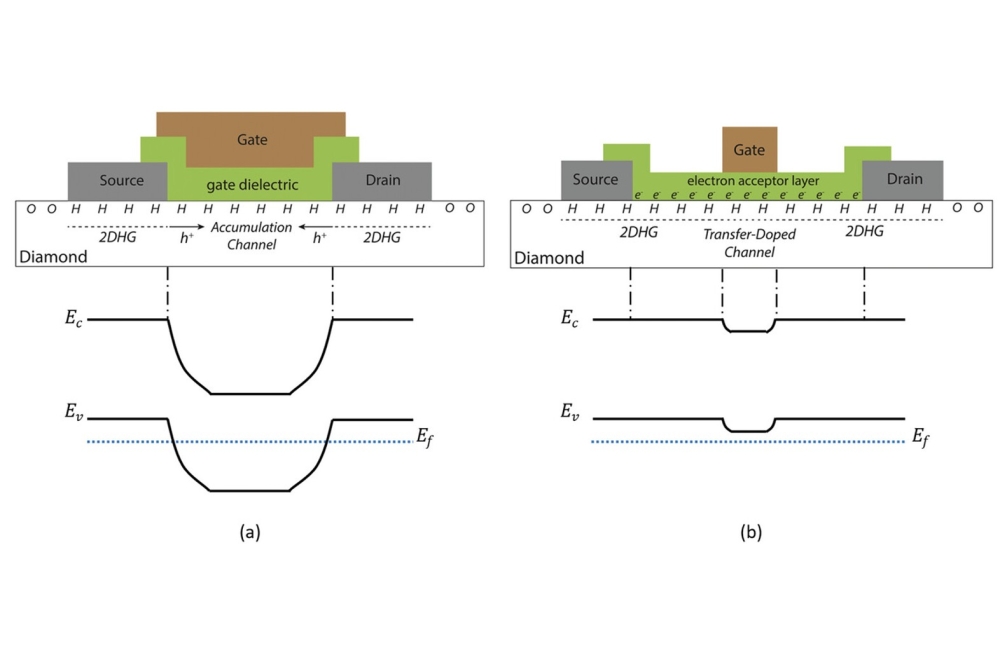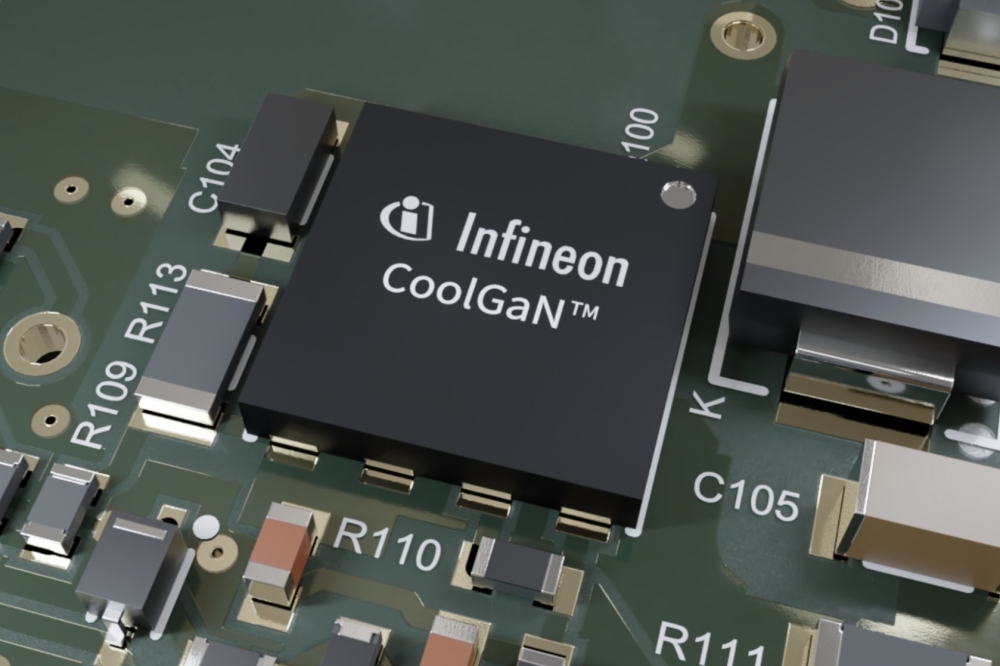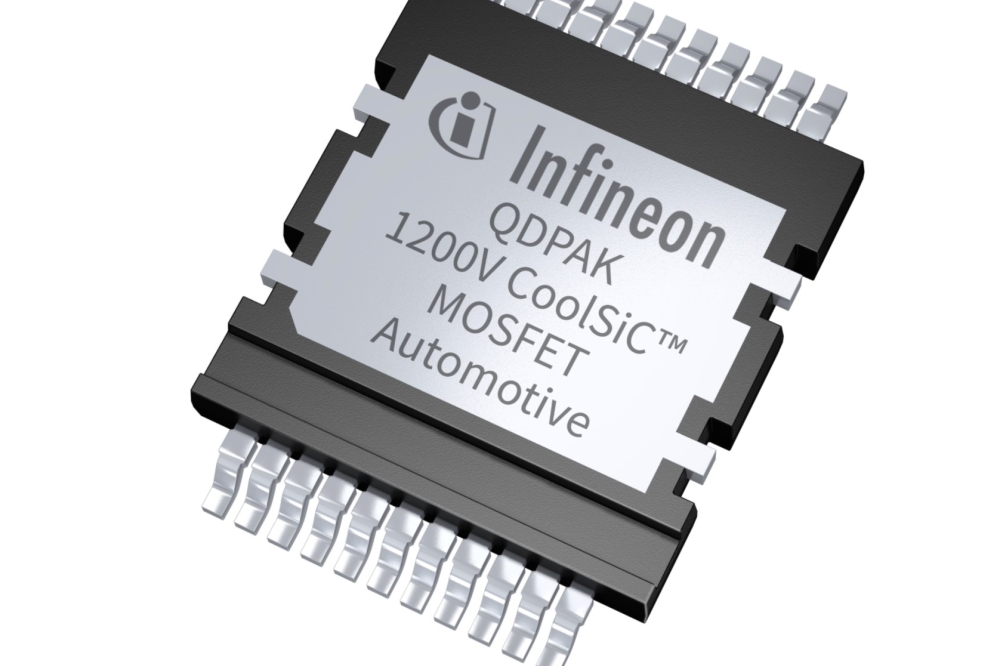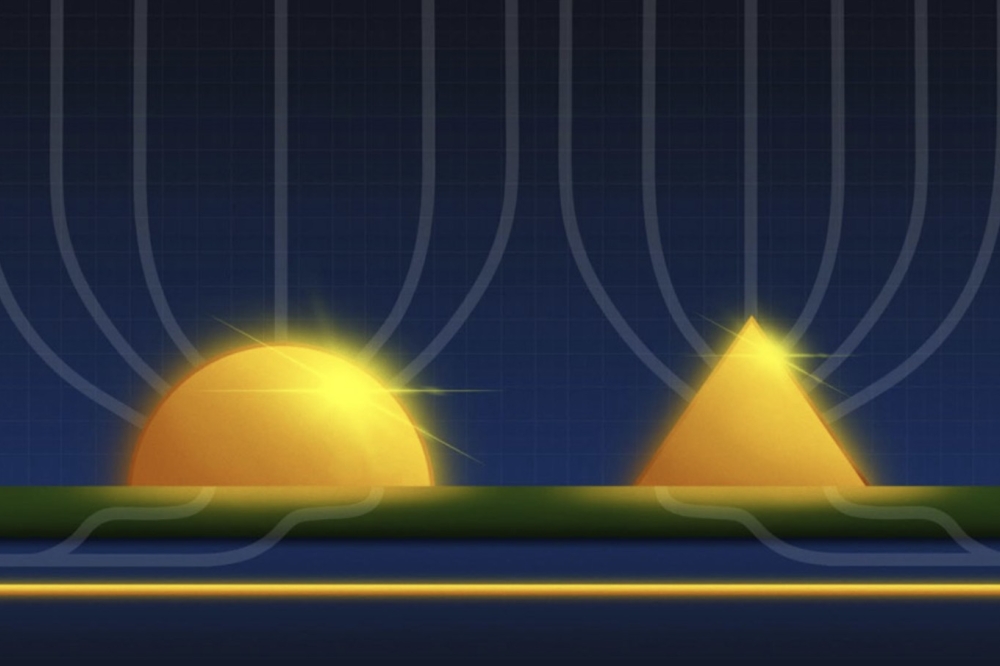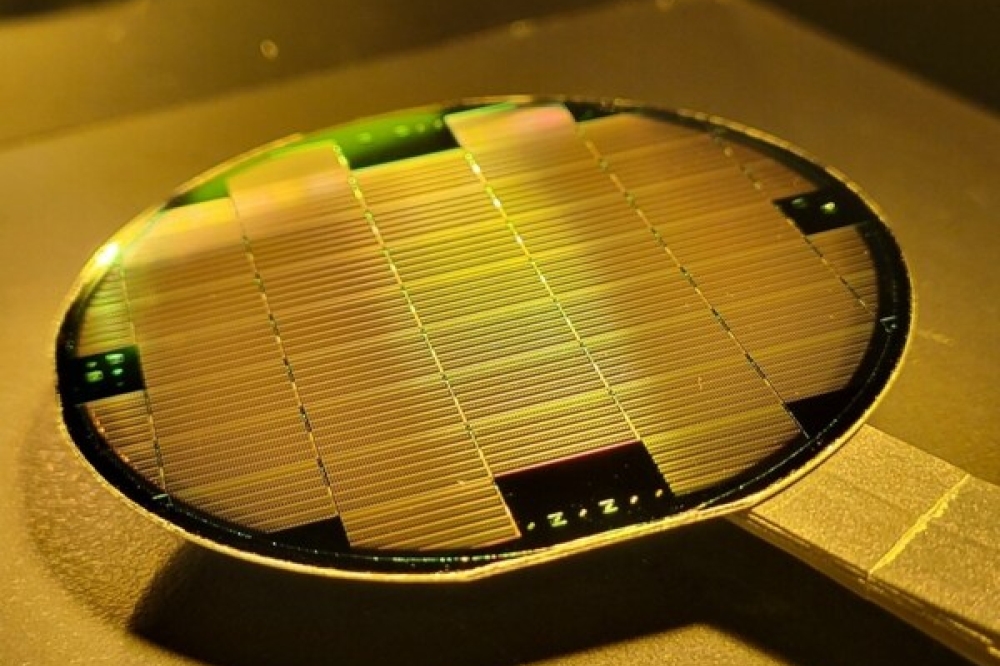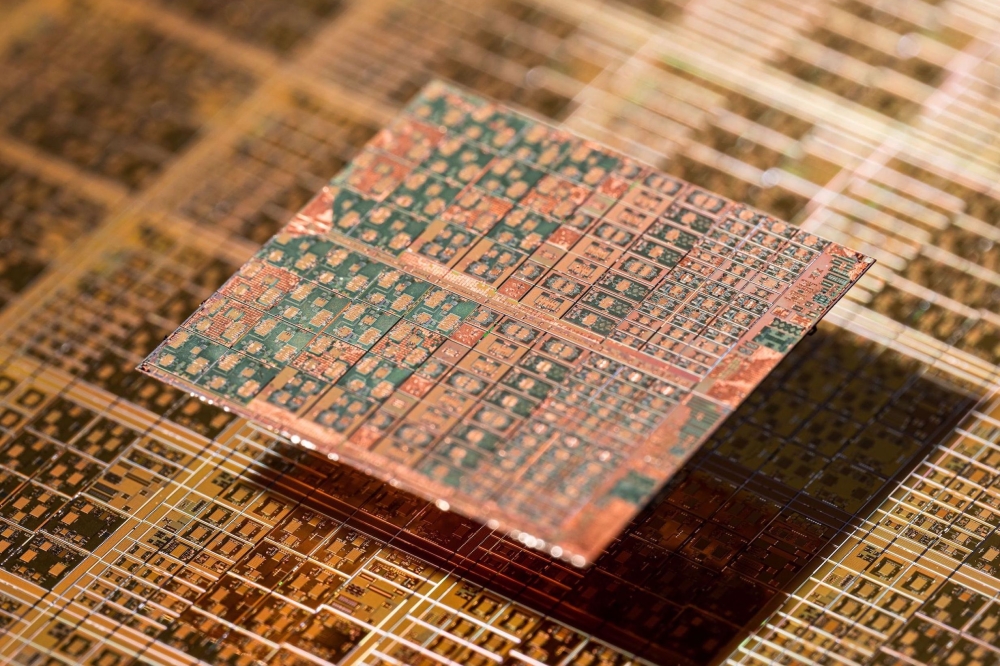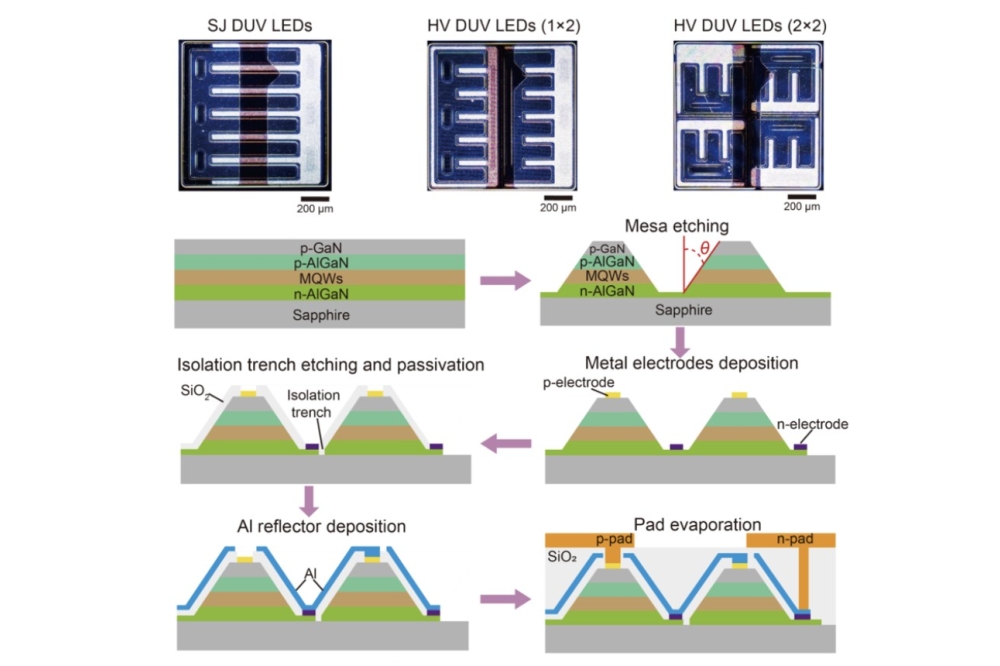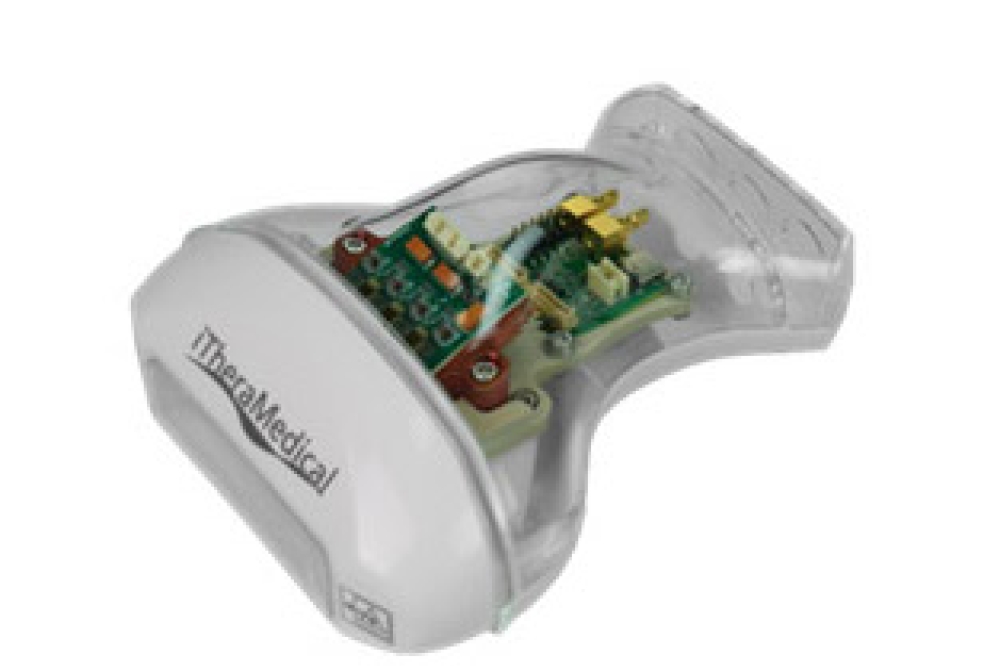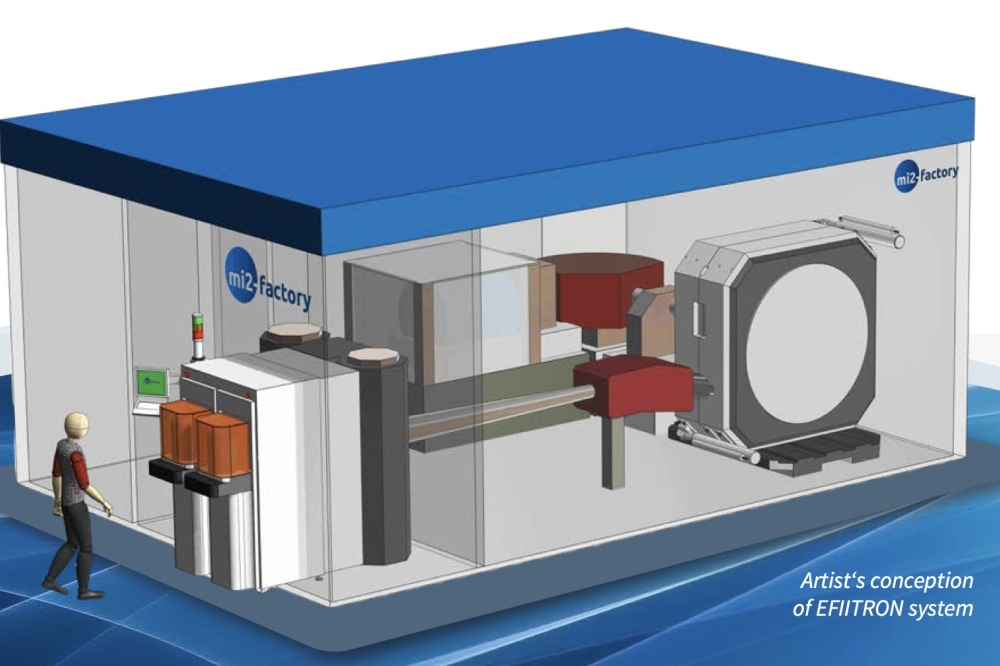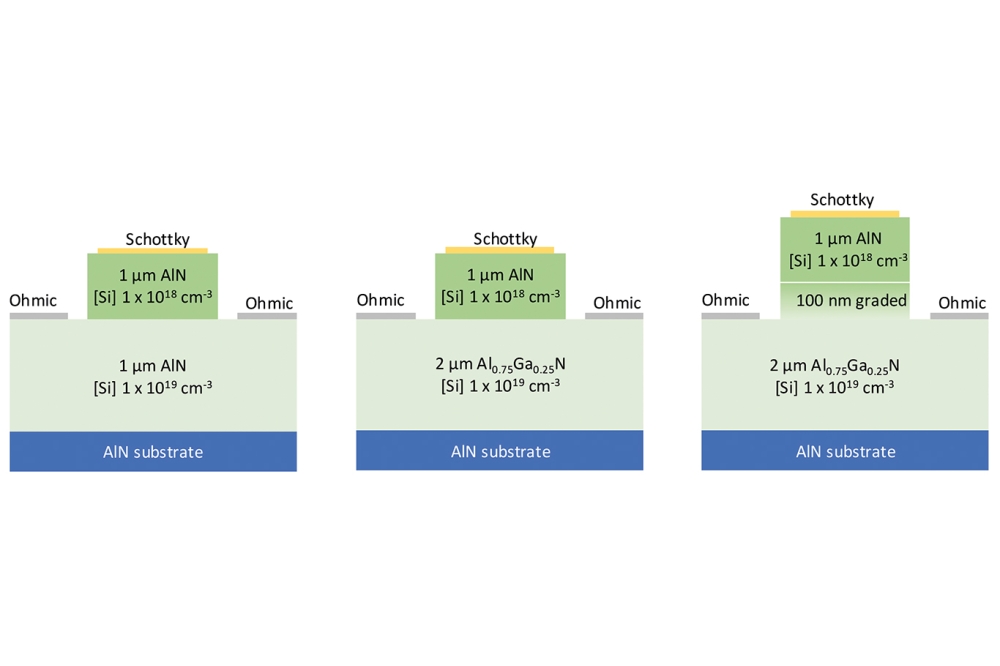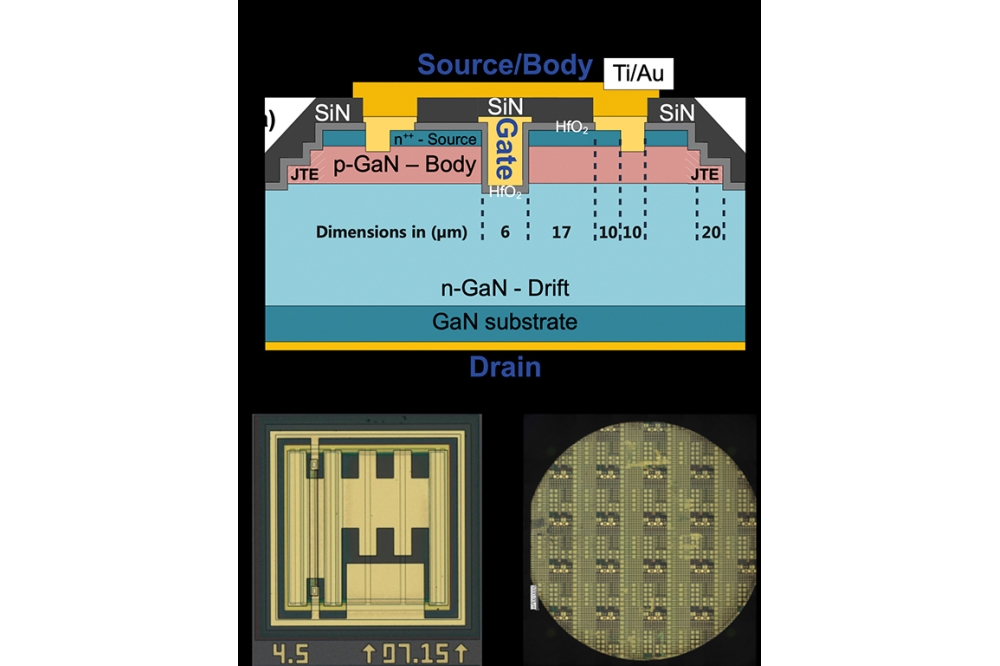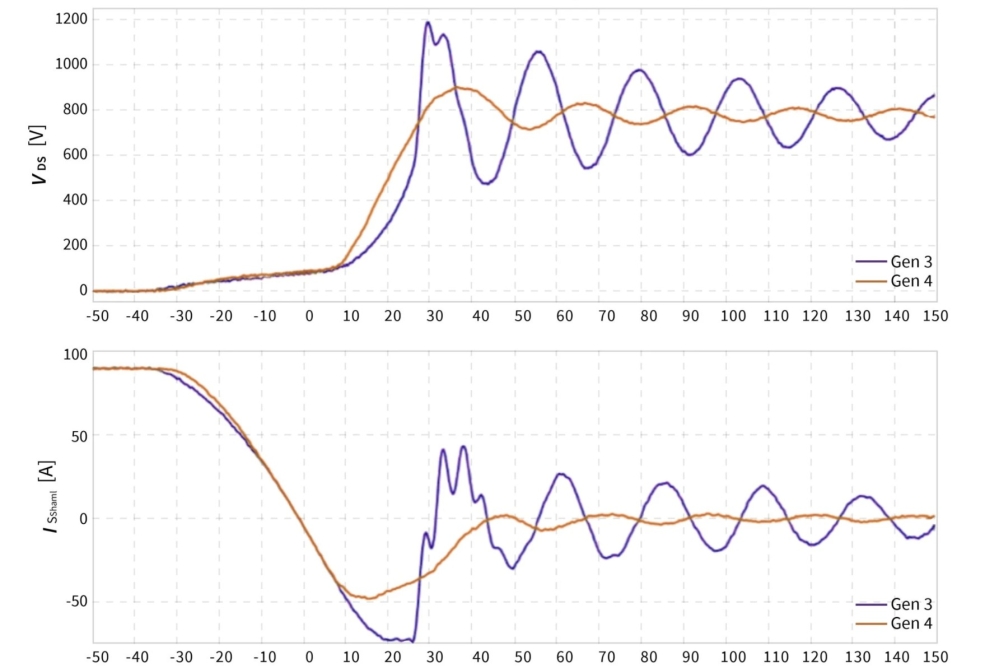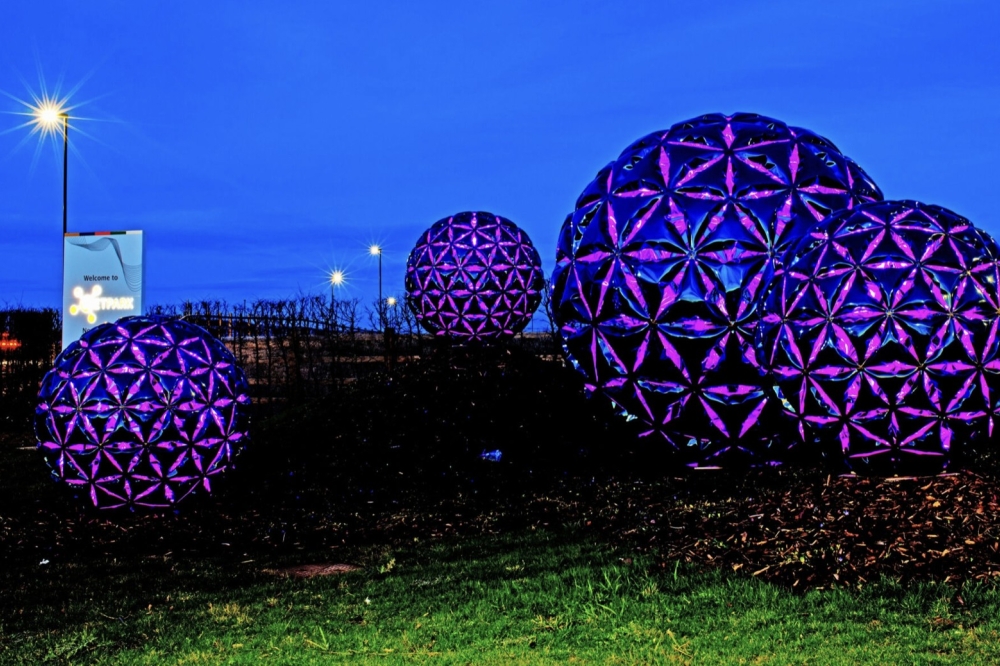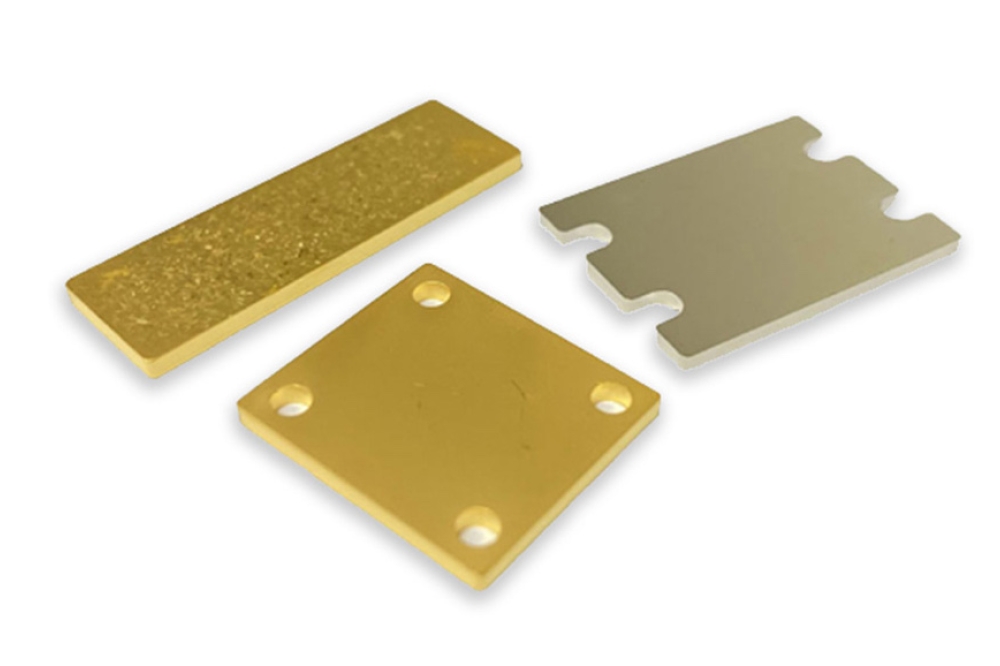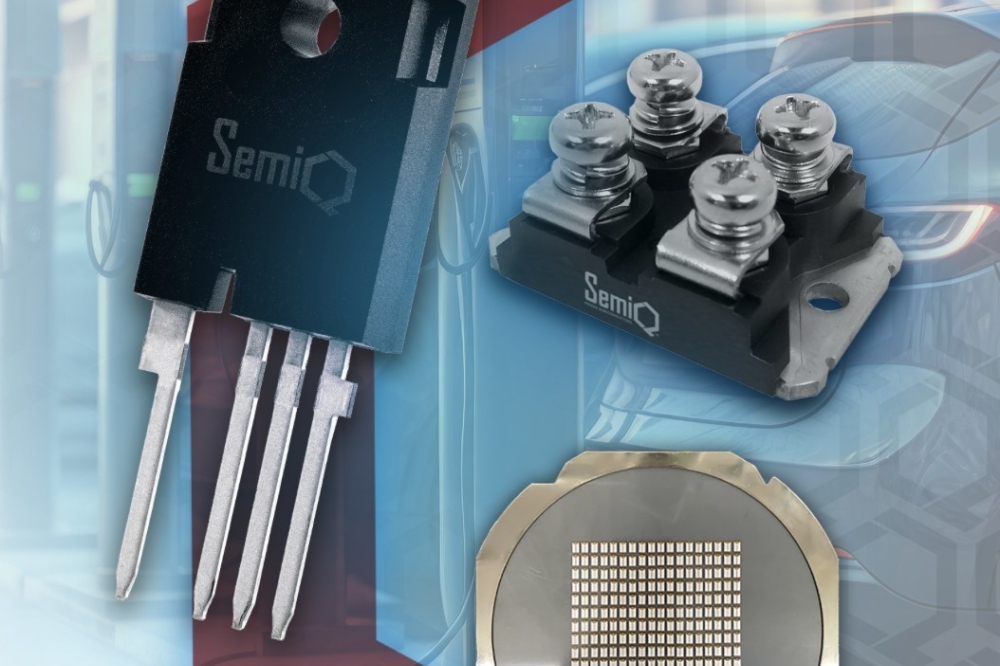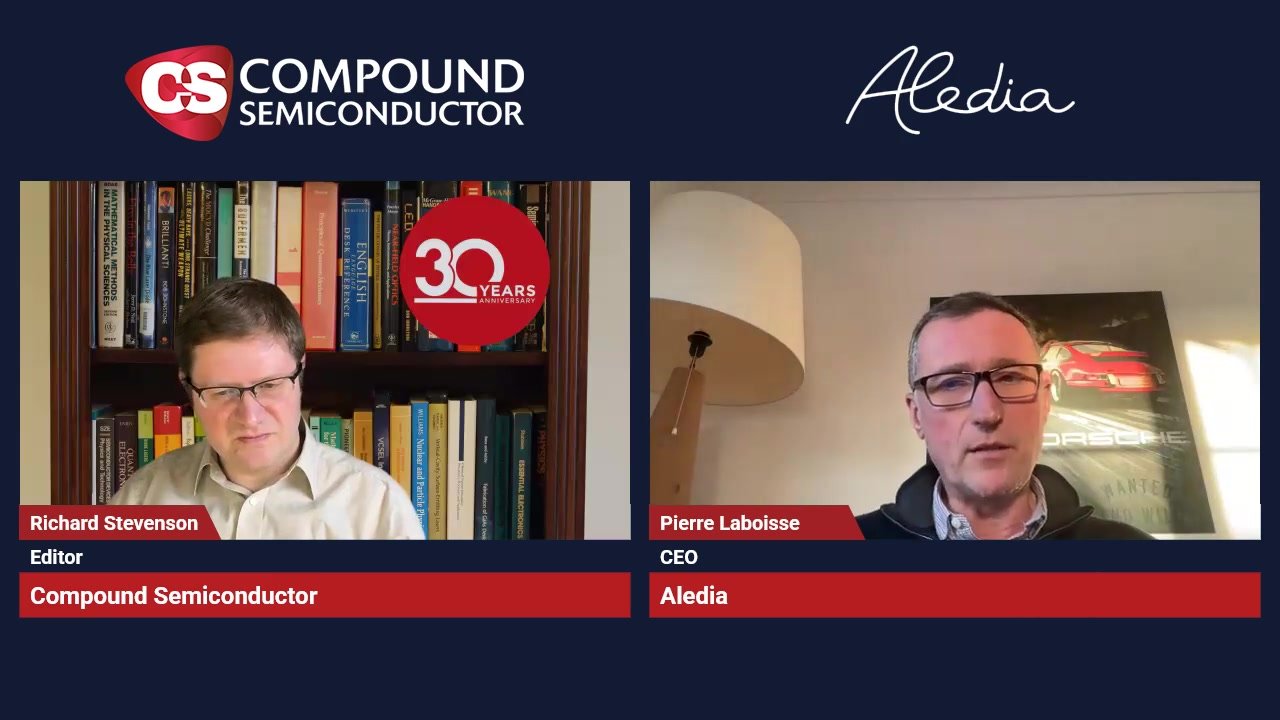ZnS becomes less brittle in the dark
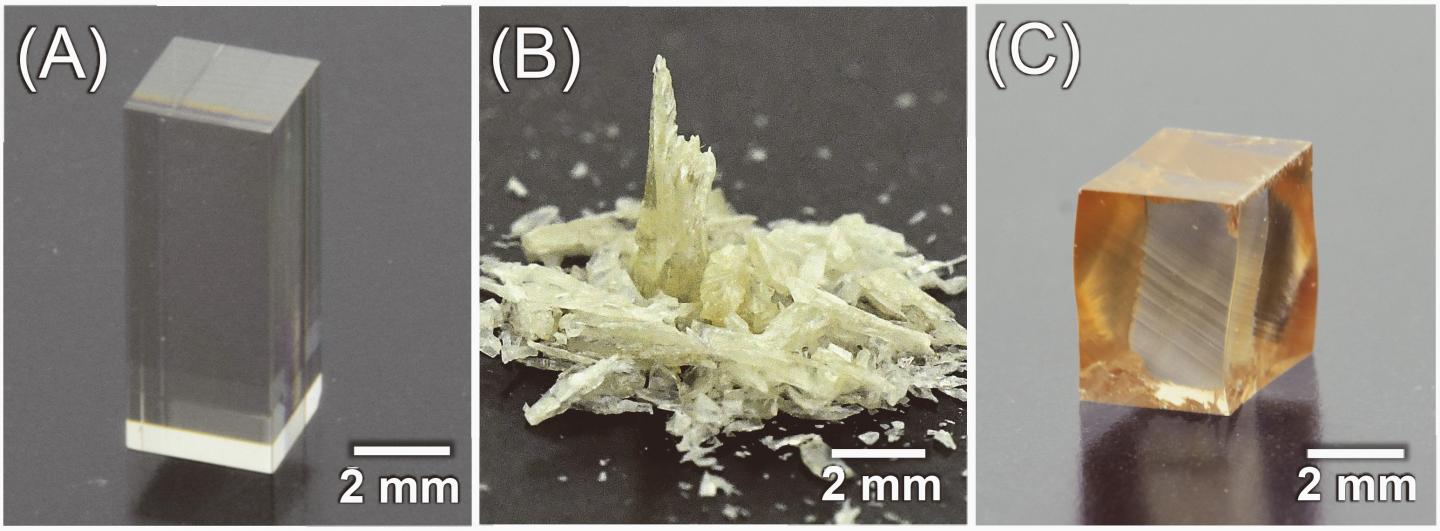
Japanese scientists have discovered that the inorganic semiconductor ZnS behaves differently in the dark than the light
Scientists at Nagoya University in Japan have discovered that the inorganic semiconductor ZnS behaves differently in the dark compared with in the light. They found that ZnS crystals were brittle when exposed to light but flexible when kept in the dark at room temperature. The findings were published in Science.
"The influence of complete darkness on the mechanical properties of inorganic semiconductors had not previously been investigated," study coauthor Atsutomo Nakamura says. "We found that ZnS crystals in complete darkness displayed much higher plasticity than those under light exposure."
The ZnS crystals in the dark deformed plastically without fracture until a large strain of 45 percent. The team attributed the increased plasticity of the ZnS crystals in the dark to the high mobility of dislocations in complete darkness. Dislocations are a type of defect found in crystals and are known to influence crystal properties. Under light exposure, the ZnS crystals were brittle because their deformation mechanism was different from that in the dark.
The high plasticity of the ZnS crystals in the dark was accompanied by a considerable decrease in the band gap of the deformed crystals. Thus, the band gap of ZnS crystals and in turn their electrical conductivity may be controlled by mechanical deformation in the dark. The team proposed that the decreased band gap of the deformed crystals was caused by deformation introducing dislocations into the crystals, which changed their band structure.
"This study reveals the sensitivity of the mechanical properties of inorganic semiconductors to light," coauthor Katsuyuki Matsunaga says. "Our findings may allow development of technology to engineer crystals through controlled light exposure."
The researchers' results suggest that the strength, brittleness, and conductivity of inorganic semiconductors may be regulated by light exposure, opening an interesting avenue to optimise the performance of inorganic semiconductors in electronics.
Pictured above: In (A) ZnS crystals show catastrophic fracture after mechanical tests under ordinary light-exposure environments (B). However, the researchers found out that ZnS crystals can be plastically deformed up to a deformation strain of εt = 45 percent when deformed along the [001] direction in complete darkness even at room temperature (C). Moreover, the optical band gap of the deformed ZnS crystals decreased by 0.6 eV after deformation.
"˜Extraordinary Plasticity of an Inorganic Semiconductor in Darkness' by Yu Oshima et al; Science 18 May 2018: Vol. 360, Issue 6390

